+33 (0)1 40 41 96 42
From May 20, 1890 to July 29, 1890, Vincent van Gogh produced 74 paintings and 33 drawings at Auvers-sur-Oise. It was a dazzling, unbridled production, like the sublime swallowing of royal jelly. A dazzling painting by a tormented, ignored artist at the peak of his talent.
This magnificent exhibition presents over half of the works produced by the master in the twilight of his life. We have chosen to tell you in a few words about the last episode in Vincent Van Gogh’s life, through the paintings we have chosen as our favorites.
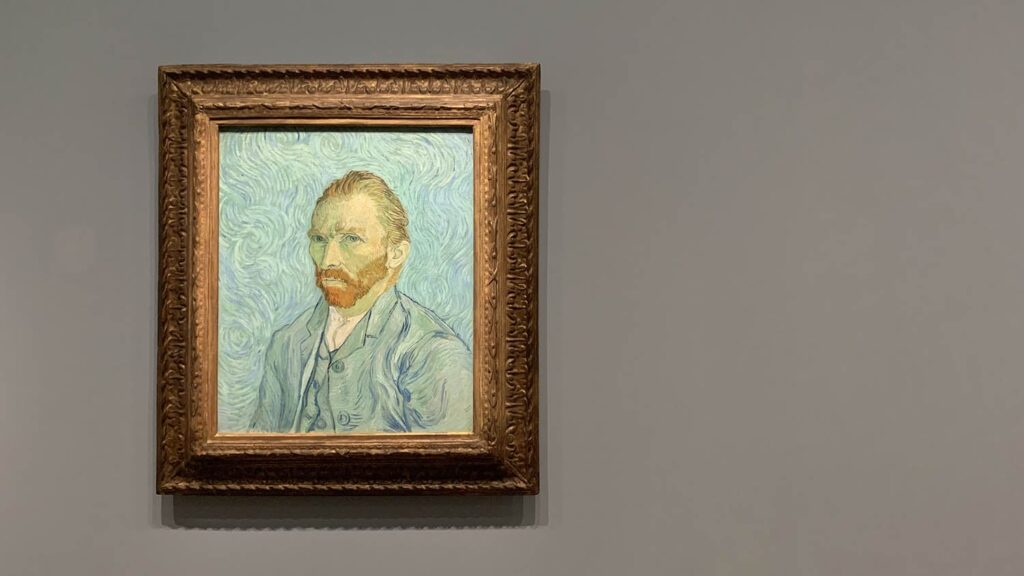
When Vincent van Gogh stepped off the train in Auvers-sur-Oise on May 20, 1890, he went to see Dr. Gachet. This art-loving doctor and friend of painters had been recommended to him by his brother Theo. Vincent had recently been released from the asylum in St Remy de Provence, where he had been interned. On his way, he spotted the Ravoux inn, where he would stay for just over 3 francs a day.
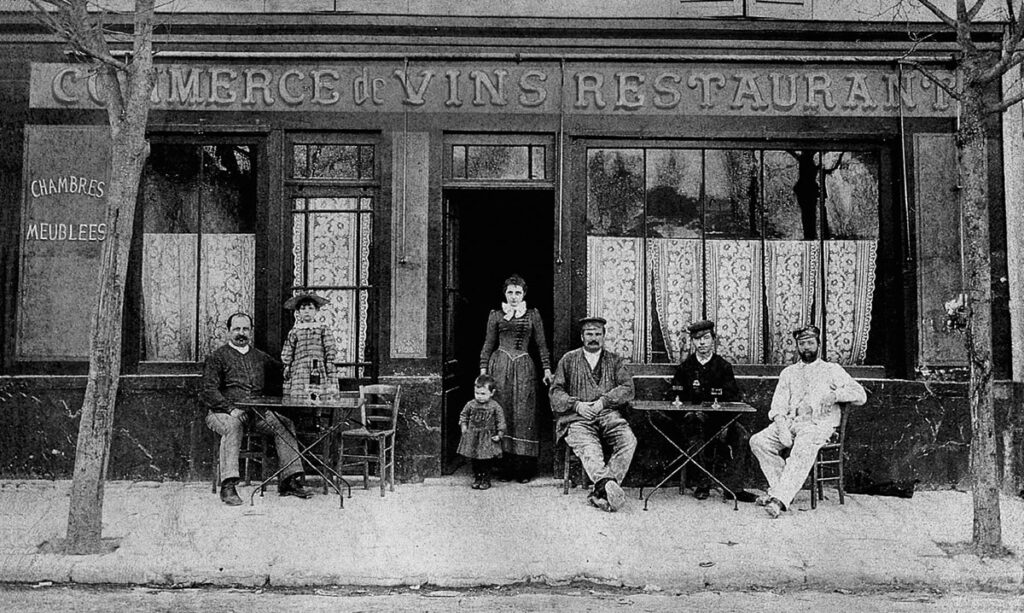
At 37, Vincent feels like a “failure” and sees no happy future. Yet when he arrived in Auvers-sur-Oise, he was charmed by the village. “Auvers is seriously beautiful,” he says. A few old, thatched cottages still exist. Pretty fields surround the village. Vincent threw himself assiduously into his work.
At the doctor’s, he received a warm welcome. Doctor Gachet, who had marveled at the self-portrait Vincent had just painted, posed for Vincent several times.
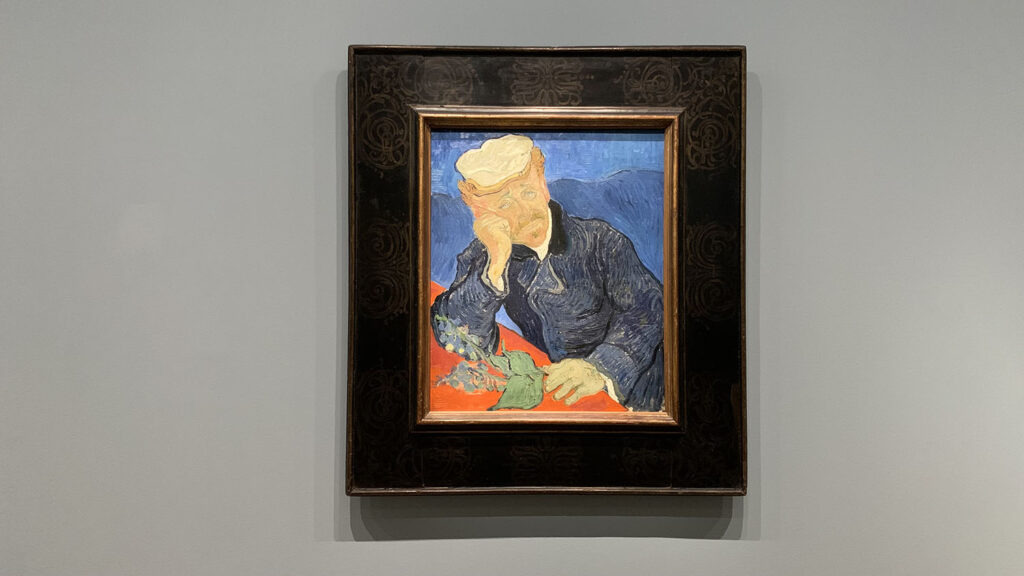
Second, more colorful version of the portrait of Docteur Gachet painted on June 4. The other, very similar, was sold for $82.5 million at a Christie’s sale in New York in 1990. Vincent Van Gogh sold only one painting during his lifetime: La Vigne Rouge, for 400 francs (equivalent to around 1,900 euros today).
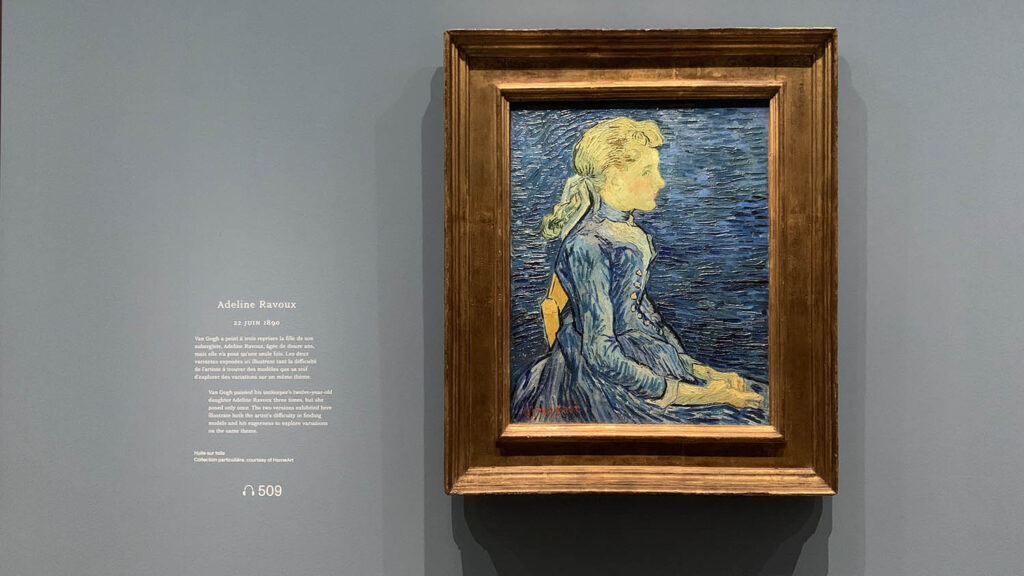
Vincent’s life was strictly regulated. He got up early, painted outdoors in the morning and retouched his paintings in the afternoon at the Ravoux inn, in a room set aside for painters. He avoided the company of his peers, preferring solitude to concentrate on his research.
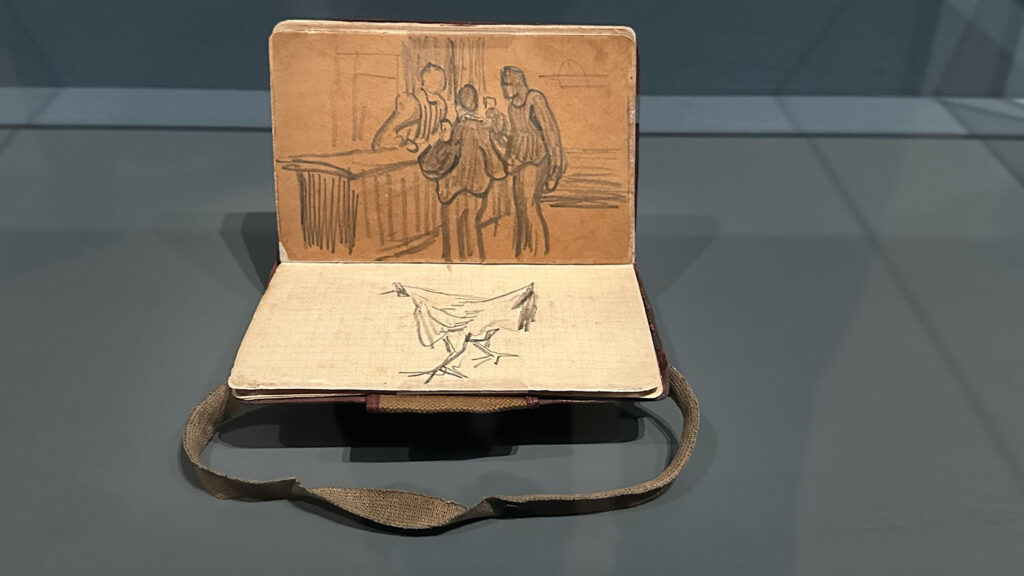
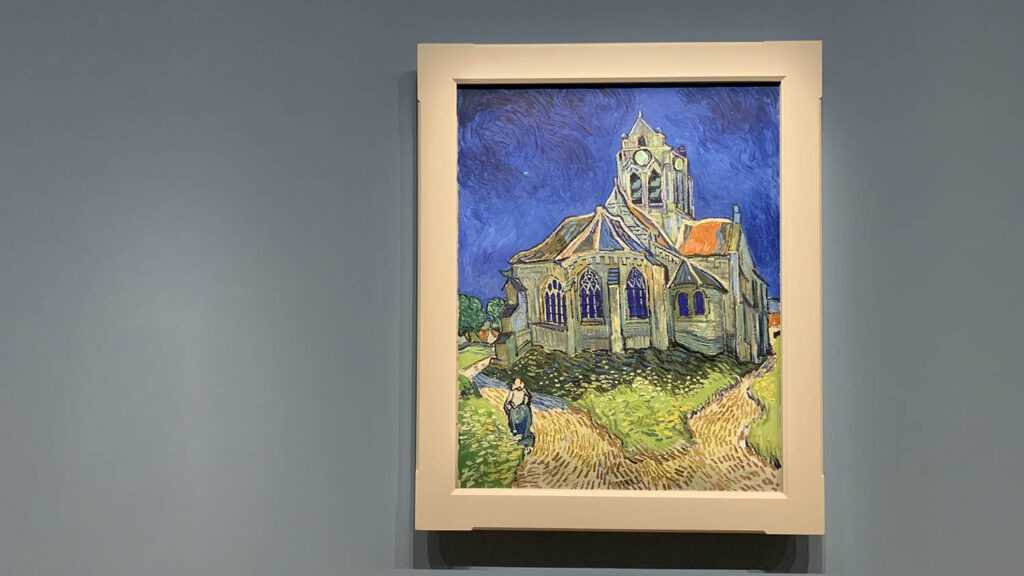
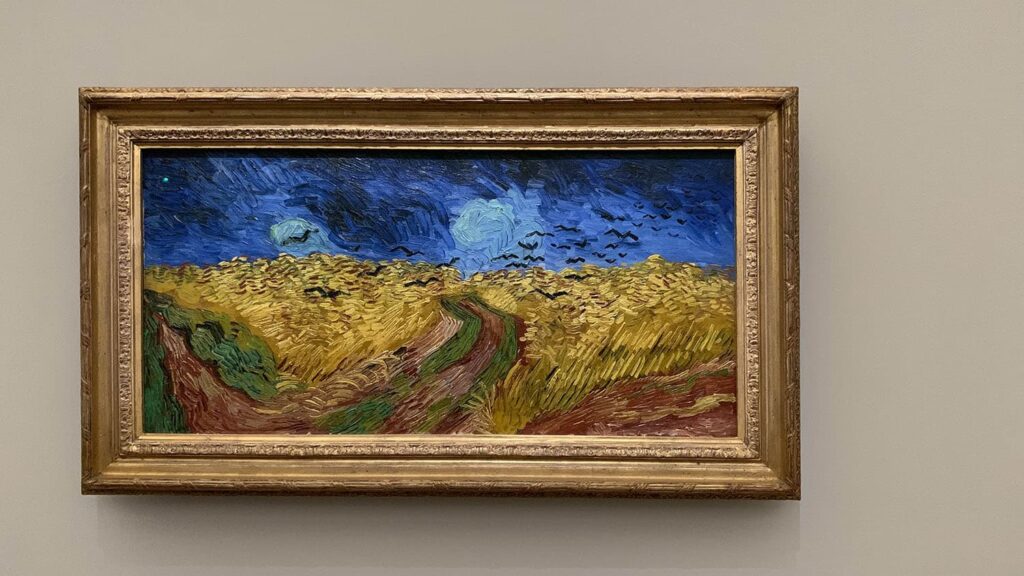
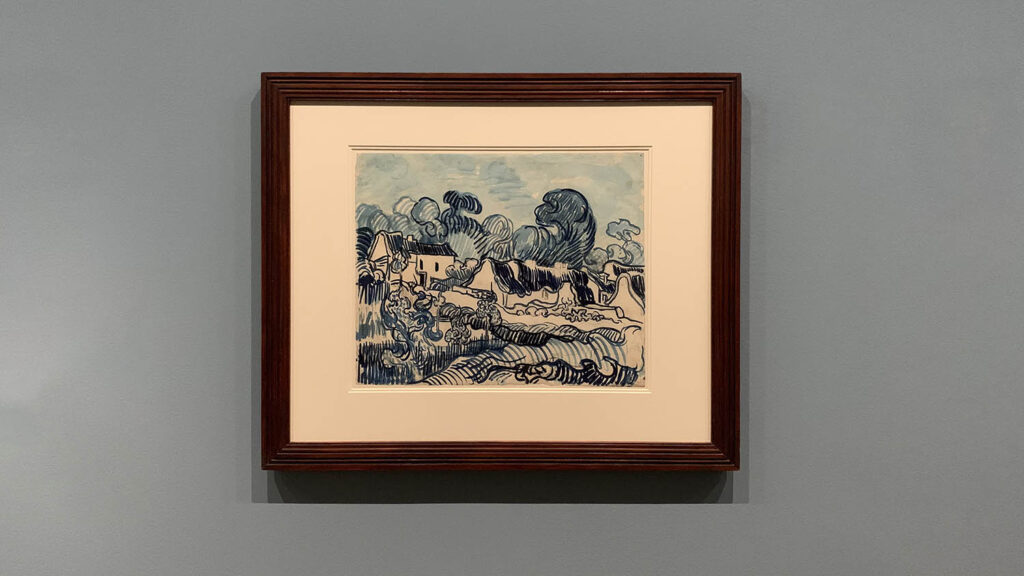
On July 23, 1890, Vincent wrote a letter to his brother, which he never completed. He wrote: “Well, I’m risking my life in my work, and my reason has half melted”.
On July 27, 1890, Vincent left the Ravoux inn. It was in a wheat field that he shot himself in the chest with a revolver. The wound was not fatal. After two days of agony, Vincent died beside his brother Théo.
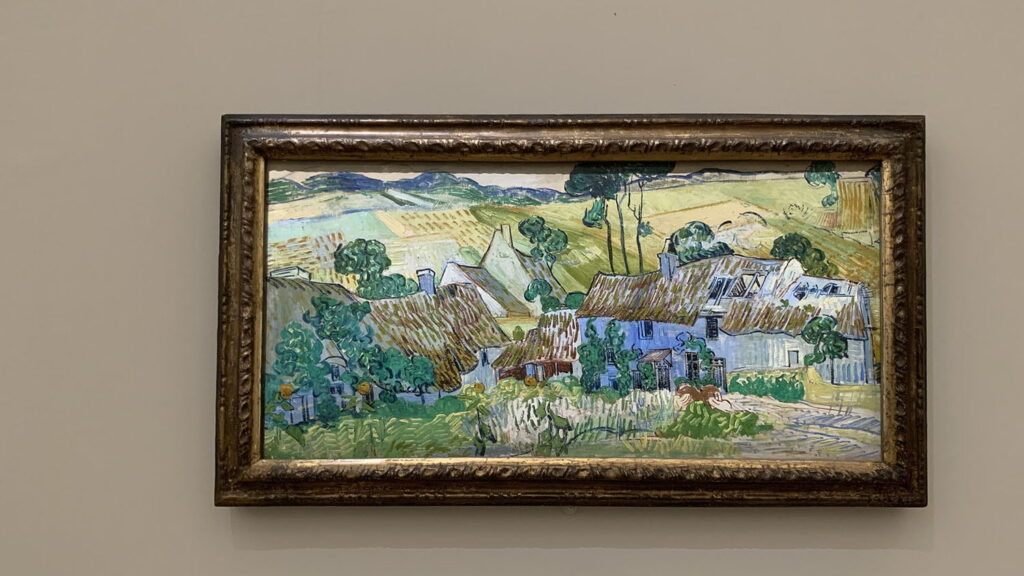
Auvers-sur-Oise is located 33 kilometers from Paris. It takes between 60 and 80 minutes to get there by public transport.
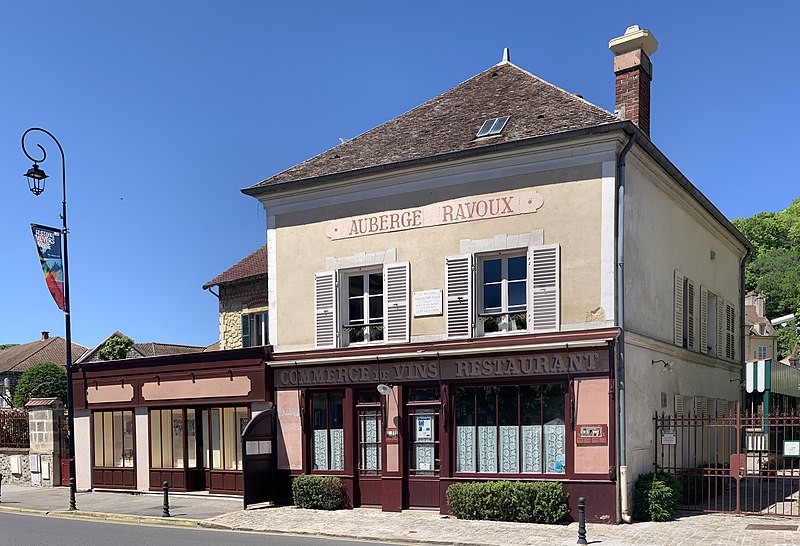
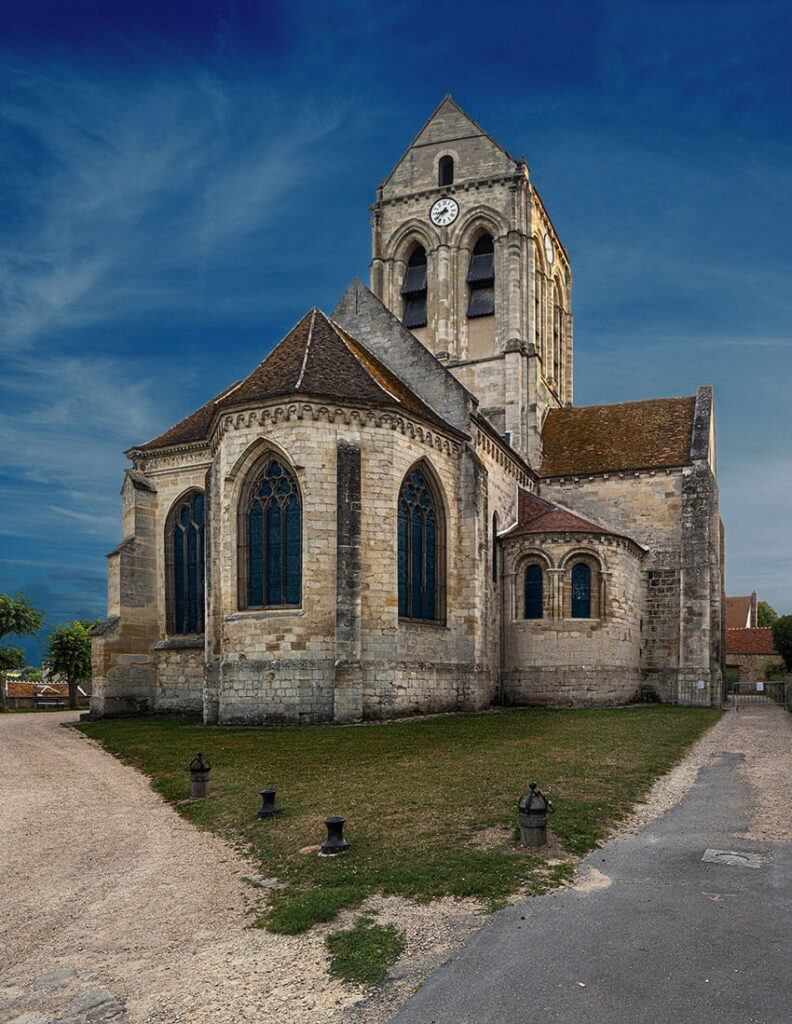
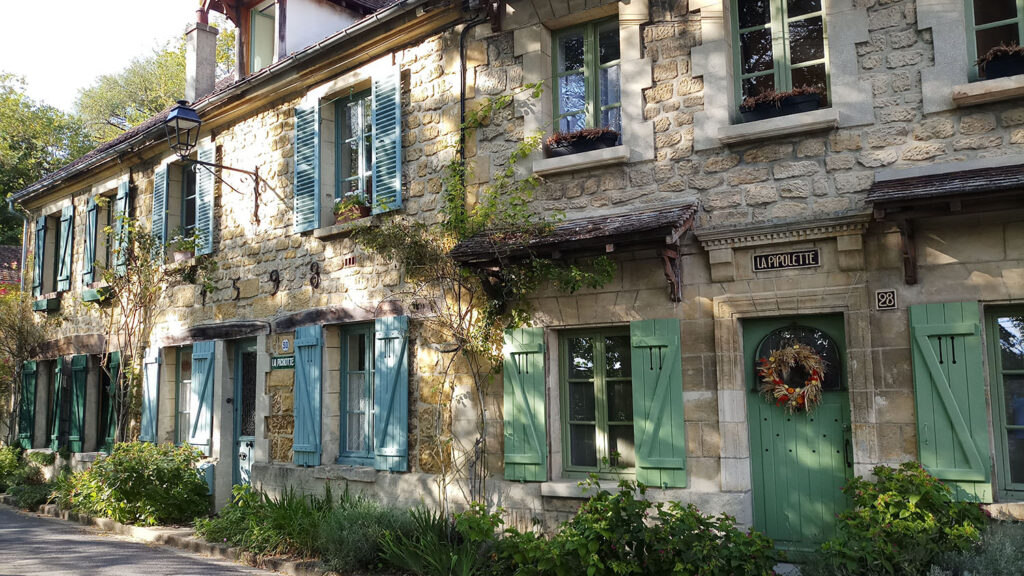
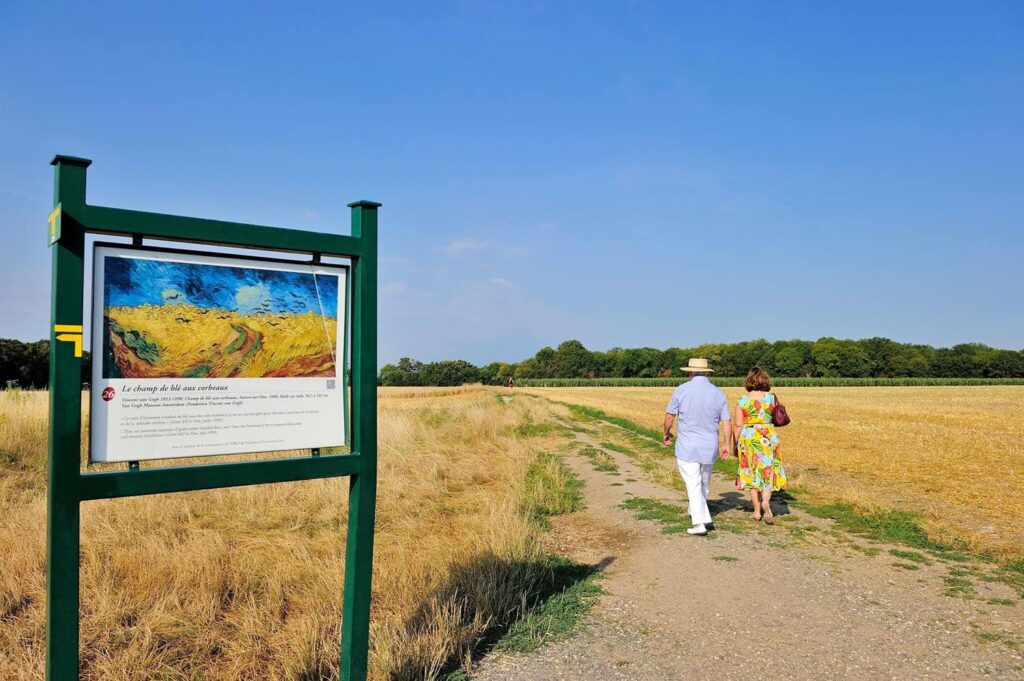
The Museum’s exhibition provides us with a very useful map
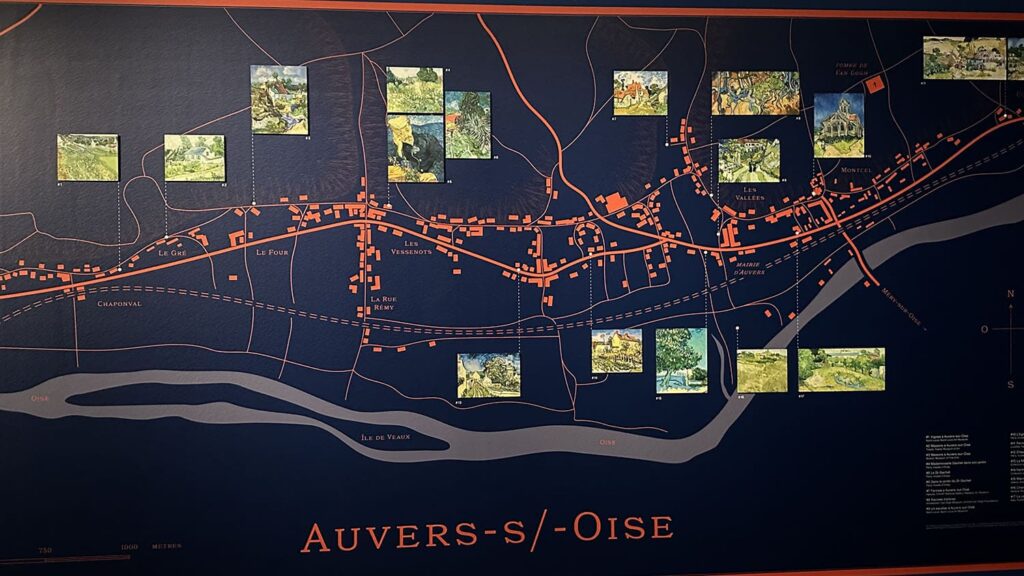
Musée d’Orsay
Esplanade Valéry Giscard d’Estaing, 75007 Paris
Tuesday to Sunday, 9:30 am to 6 pm. Nocturne at 9:45pm on Thursday
https://www.musee-orsay.fr/en

19, rue des Prêtres-Saint-Germain-l'Auxerrois
75001 Paris
+33 (0)1 40 41 96 42